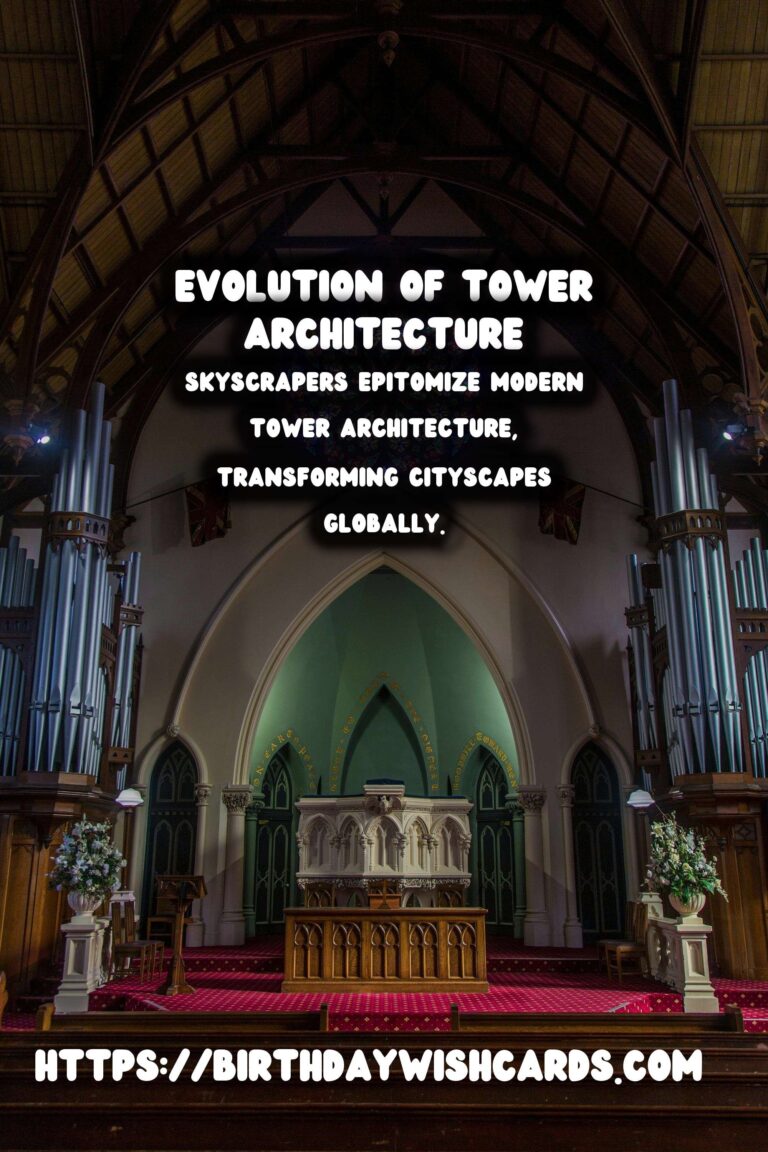
Towers have been a significant part of human civilization since ancient times, serving as defensive structures, symbols of power, and engineering marvels. From simple stone watchtowers to cutting-edge skyscrapers gracing our urban skylines, towers reflect the socio-political and technological advancements across different eras.
Watchtowers: The Beginnings
In tumultuous times, the need to survey and secure territory led to the construction of watchtowers. Positioned strategically on high grounds or along borders, these structures provided vantage points to monitor threats. Materials varied, but stone and wood were commonly used owing to their availability and durability.
Middle Ages and the Rise of Castle Keeps
During the medieval period, watchtowers evolved into more complex structures known as keeps, primarily in Europe. These were fortified towers attached to castles, designed to offer residence and security. The Tower of London, initially built by William the Conqueror, is an iconic example, embodying both royal authority and military strength.
Minarets and Religious Towers
With the expansion of empires and the spread of religious influence, towers also became central to worship areas. Islamic architecture introduced minarets, slender towers adjoining mosques. The call to prayer resonated from these heights, embedding spiritual significance into their architectural design.
The Renaissance and the Birth of Bell Towers
The Renaissance era saw advancements in engineering and aesthetics. Bell towers became prominent features of churches, symbolizing heavenly aspirations. St. Mark’s Campanile in Venice, a freestanding bell tower, showcases the blend of function and form, which characterizes Renaissance architecture.
Industrial Revolution: New Heights
The Industrial Revolution marked a turning point in the history of tower construction. The availability of steel and advancements in engineering allowed for taller, sturdier structures. The Eiffel Tower, initially criticized, became an architectural triumph and inspired a new paradigm in tower construction.
Skyscrapers: The Modern Giants
Skyscrapers epitomize modern tower architecture, transforming cityscapes globally. Driven by urbanization and economic growth, these structures soar hundreds of meters into the sky. The Burj Khalifa, currently the world’s tallest building, exemplifies contemporary innovation and design excellence.
The Future: Sustainable Towers
As environmental concerns take center stage, there is a drive to develop eco-friendly towers. Technologies such as green facades, renewable energy integration, and intelligent systems herald a new era of sustainable skyscrapers. These innovations are shaping the skylines of tomorrow, ensuring towers remain architectural pioneers.
Towers have been a significant part of human civilization since ancient times. Skyscrapers epitomize modern tower architecture, transforming cityscapes globally. 









#Architecture #History




